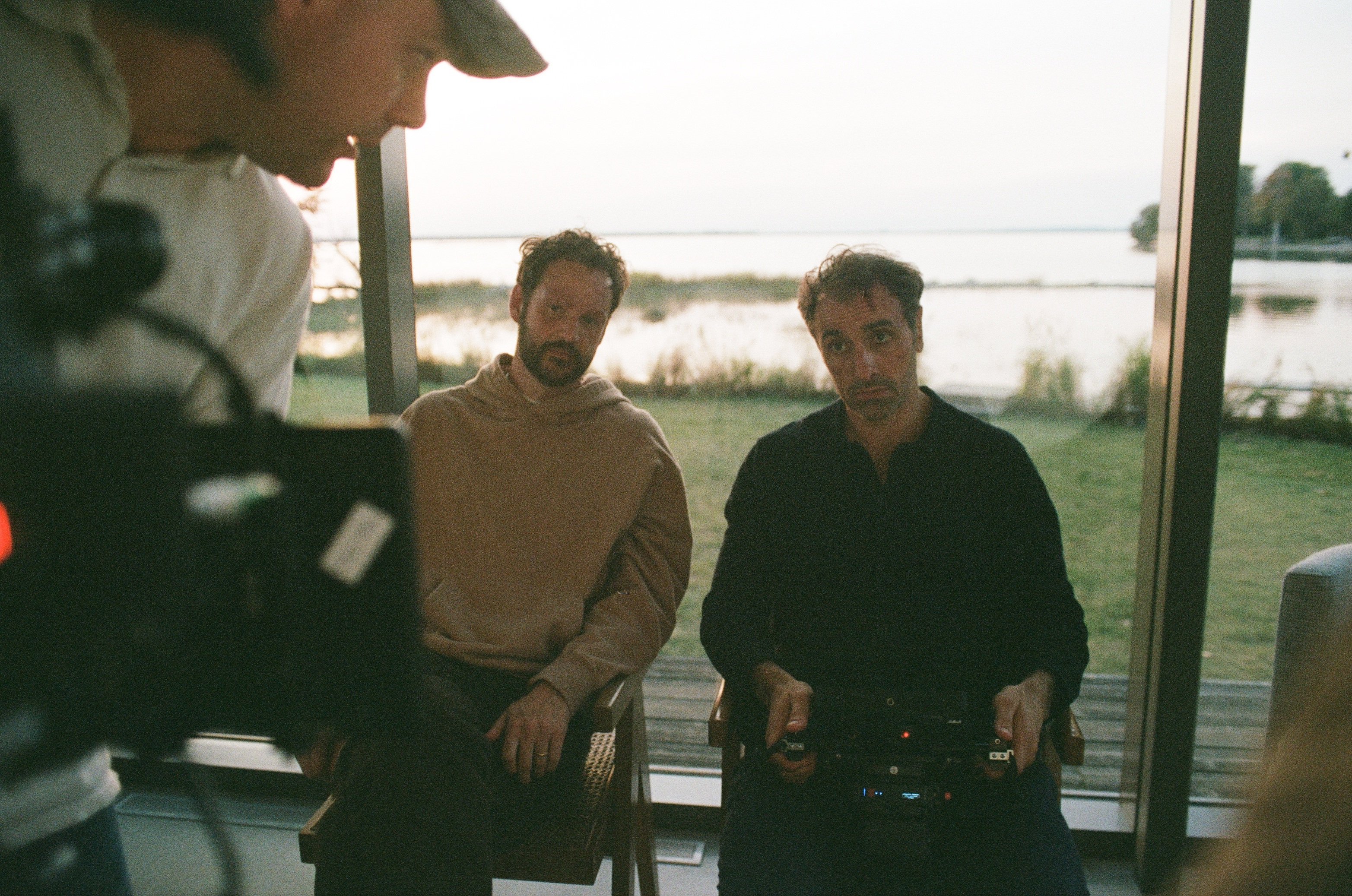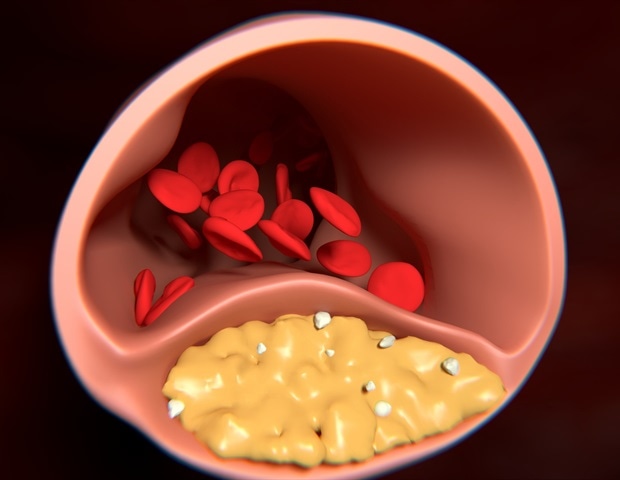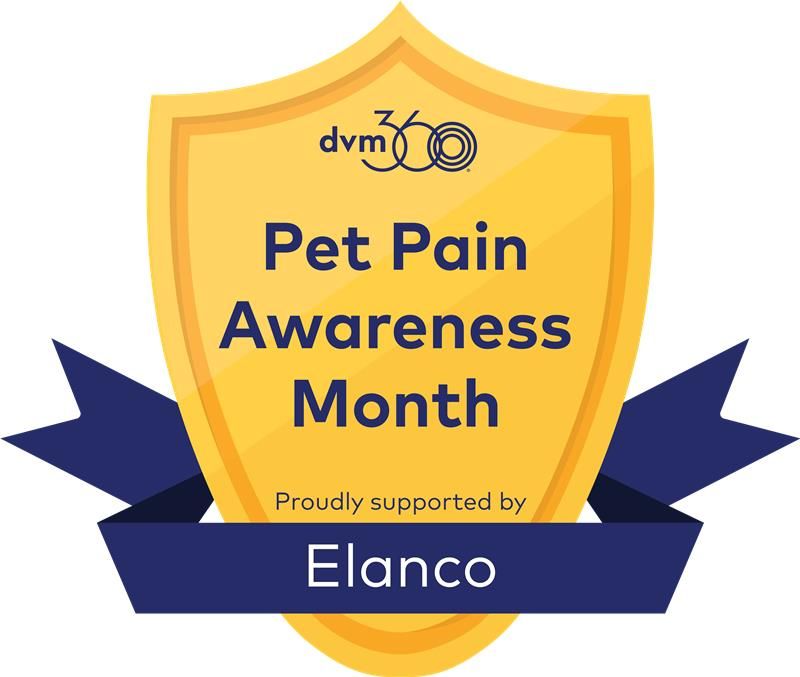The American College of Cardiology (ACC) has issued Concise Clinical Guidance (CCG) recommending vaccines to protect adults with heart disease from respiratory illnesses, including respiratory syncytial virus (RSV), influenza, and COVID-19.1,2
Image credit: guerrieroale | stock.adobe.com
“Vaccination against communicable respiratory diseases and other serious diseases is critical for people with heart disease, but barriers exist to ensuring people are educated on which vaccines to get, how often to get them, and why they are important,” Paul Heidenreich, MD, FACC, chair of the CCG writing committee, said in a news release. “With this document, we want to encourage clinicians to have these conversations and help their patients manage vaccination as part of a standard prevention and treatment plan.”2
Individuals with heart disease face an increased risk of contracting respiratory viruses and experiencing severe outcomes, including hospitalization and death. Although previous studies have demonstrated that vaccines are effective at reducing these risks, a recent study found that only 30% of health care providers, including primary care physicians, are checking their patients’ vaccination status during appointments.1,2
RSV and Heart Disease
Older adults and individuals with chronic medical conditions face a higher risk of severe RSV and related cardiovascular complications. Those most vulnerable to RSV include all adults 75 years and older, adults aged 50 to 74 with specific risk factors, and individuals with weakened immune systems or those living in nursing homes. Individuals with chronic medical conditions like lung disease, heart failure, coronary artery disease, kidney disorders, obesity, and certain neurologic conditions are also at an increased risk.3
According to the American Heart Association, nearly 150,000 adults aged 60 years and older are hospitalized annually in the US due to serious cases of RSV. The virus is known to have significant effects on heart health, including damaging heart muscle, causing inadequate blood supply to the heart, known as ischemia, and increasing the risk of irregular heartbeat, or atrial fibrillation. RSV can also worsen existing heart conditions, such as arrhythmias and heart failure, and is linked to a higher risk of heart attack or stroke, particularly within the first 3 days of infection.3
Vaccine Recommendations for Respiratory Illness and Heart Disease
The guidance from the ACC and American Heart Association primarily focuses on respiratory vaccines but also includes information on the herpes zoster vaccine, as previous evidence suggests it may provide cardiovascular benefits. The document outlines strategies to improve vaccination rates and address patient hesitancy and barriers to access.1,2
RSV
The RSV vaccine is recommended for adults aged 75 years or older and those aged 50 through 74 years with heart disease, as it protects against lower respiratory disease that could lead to hospitalization or death. The current guidelines advise a single dose of 1 of the 3 approved RSV vaccines—RSVPreF3 (Arexvy; GSK), RSVpreF (Abrysvo; Pfizer), or mRNA-1345 (mRESVIA; Moderna)—for all adults 75 years and older, along with individuals aged 60 to 74 years who are at increased risk of severe illness, instead of an annual vaccination.1,2
Influenza
An annual flu vaccination is recommended for all adults, based on the CDC and several cardiovascular societies, confirming its ability to reduce cardiovascular and all-cause mortality and morbidity. However, nasal versions of the vaccine are not suggested for use in patients 50 years and older.1,2
Evidence for this recommendation is supported by 6 randomized controlled trials and other studies, including a total of 6734 individuals. In the meta-analysis, researchers found that over a 7.9-month follow-up period, vaccine recipients had a 36% lower risk of major adverse cardiovascular events compared to those who received a placebo or no vaccine.1
Pneumococcal
The pneumococcal vaccine is recommended as a 1-time dose for adults aged 19 or older with heart disease to protect them from pneumonia, bacteremia, meningitis, and their associated risks of hospitalization and death. Following CDC recommendations, the guidance advises a single dose of either PCV20 or PCV21, or a combination of PCV15 followed by PPSV23, depending on the individual’s prior vaccination history.1,2
COVID-19
All adults with heart disease were recommended to receive the seasonal COVID-19 vaccine for the fall 2024 to 2025 season. However, the guidance noted that future COVID-19 vaccination recommendations for all adults may need to be reevaluated if the virus’s severity and prevalence continue to decrease. Despite this, it is likely that vaccination will remain beneficial for individuals with heart disease due to their increased risk of infection, severe illness, heart attack, COVID-19-induced pericarditis or myocarditis, COVID-19-induced stroke and atrial fibrillation, long COVID symptoms, and death.1,2
Shingles
Adults aged 50 years and older are recommended to receive 2 doses of the shingles vaccine to protect against stroke and heart attack during infection, as multiple observational studies have found that patients vaccinated for shingles experience a reduction in cardiovascular events. Additional randomized data also shows that the vaccine is as effective, or more effective, for patients with coronary artery disease compared to those with other chronic conditions.1,2
This document released by the ACC and American Heart Association suggests that discussing vaccination during cardiology appointments could be essential to integrate immunizations into a cardiovascular care plan.1,2













